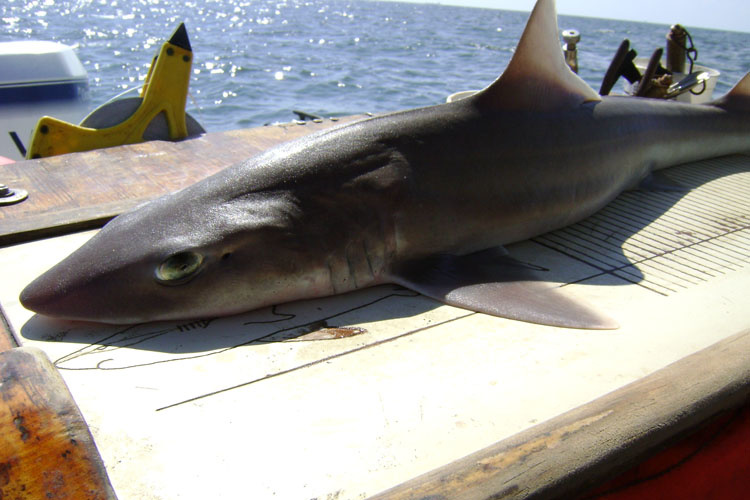If there’s one trend I can appreciate coming out of the Trump administration, it’s increasing the standards for imported seafood. I’m not alone in having long wished for — if nothing else — a way to educate consumers on the difference between most imports and seafood harvested in our waters.

This article first appeared in the May issue of National Fisherman. Subscribe today to gain access to the digital and print editions of the magazine.
Reports on global fisheries are often misconstrued as applying equally to U.S. fishermen, fleets and practices as they do to foreign industry players. This misconception only works against our highly regulated industry. Our fleets reach much higher standards than the average global seafood supplier. Yet, they have few advocates, no national marketing campaign and little access to expensive lobbyists.
American fleets that target sharks have been on the verge of a complete ban for several years, thanks to a bill that would have made the trade of shark fins illegal in this country. Like many similar efforts, this bill had its roots in a justified and honorable cause — to prevent shark finning. But this problem with the global shark trade is not perpetuated by our fishermen or our policies. So how does it make sense to write policies that restrict our own trade and industry rather than getting to the root of the cause?
The Sustainable Shark Fisheries and Trade Act of 2018 (H.R. 524) is a bipartisan bill that aims to create a formal and transparent certification program for countries seeking to import shark products into the United States. Foreign nations would apply for certification from the U.S. Secretary of Commerce confirming that they have an effective prohibition on shark finning and have shark management policies comparable to ours.
This effort dovetails nicely with the new Seafood Import Monitoring System that developed under the Obama administration effort to reduce the trade of illegal, unregulated and unreported seafood in our marketplace. That system, however, focuses on what it calls “priority species.” Because fishery products are so wide-ranging, it’s prohibitive to implement an oversight program for all marketable species in one fell swoop. In fact, two of the listed priority species — abalone and shrimp — could be added to the system at a later date, following the Jan. 1, 2018, implementation deadline for the 11 other priority species. (Along with abalone and shrimp, the priority species are Atlantic and Pacific cod, Atlantic blue crab, dolphinfish (mahi mahi), grouper, red king crab, red snapper, sea cucumber, sharks, swordfish, and tunas — albacore, bigeye, skipjack, yellowfin and bluefin.)
These efforts help the U.S. fishing industry compete globally and domestically despite being highly regulated. In fact, a widely cited 2014 Mercatus Research report showed that fishing is the seventh most regulated industry in the country. Just barely outranking fishing is commercial air travel. And right behind it? Oil and gas extraction.
The modern American fisherman is active and engaged in the processes of fishery management and data collection, because they just want to preserve the industry and its infrastructure.
We can use our own sustainable, fair and profitable fishing industry as the gold standard to sway producers of cheap or illegal imports to raise their standards. This preserves not only our fishing fleets but can cause a ripple effect in the sustainability of the industry globally. What a headline that would be.







